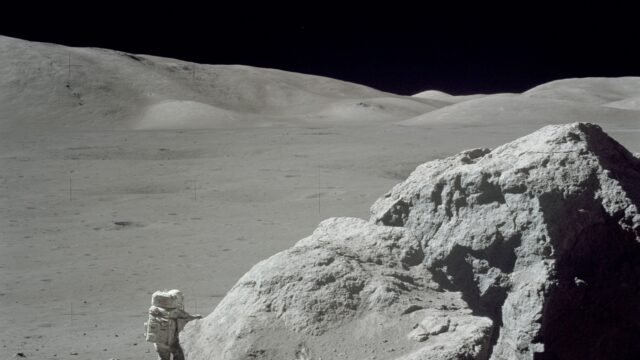According to Veteran Astronaut Yang Liwei, China’s next-generation crewed spacecraft could be ready to partake in its maiden voyage by 2027
The craft, which is intended to replace the Shenzhou spacecraft, has a carrying capacity of up to seven astronauts.((Ryan Woo, and Sharon Singleton, ‘China may launch next-generation crewed spacecraft as early as 2027’, Reuters, 18 July 2023, https://www.reuters.com/technology/space/china-may-launch-next-generation-crewed-spacecraft-early-2027-2023-07-18/))
China’s Space Exploration
Yang Liwei is recognized as China’s first man in space due to his steering China’s first manned space flight in 2003 after a successful career as a fighter pilot.
He was sent into orbit in a small bronze-colored capsule popularly known as the Shenzhou-5.
The Shenzhou spacecraft, whose design resembles Russia’s Soyuz but is slightly larger, can transport up to three astronauts to low-Earth orbit.
The design consists of an in-orbit module for temporary human habitation, a life-support and propulsion module, and a re-entry capsule for their return to Earth.
China also succeeded in setting up a space station late last year, where they are focusing on a project to send astronauts to the moon by 2030.
The Next-Gen Crewed Spacecraft Explained
The next-generation crewed spacecraft is a reusable spacecraft that is being manufactured and developed by the China Aerospace Science and Technology Corporation (CASC).
The new spacecraft will be made up of two main components: a service module that will house the propulsion and power systems and a re-entry module that will house people and act as the flight control center.
The spacecraft will be nearly nine meters long, 4.5 meters wide (diameter), and weigh 22 metric tons.
The return module is made of a high heat resistance material, allowing much of it to be re-used.
Compared to the Shenzhou series, the new spacecraft will be capable of longer missions, accommodating more astronauts and cargo, and operating in harsher environments.
The next-generation spacecraft’s initial test flight was on 5 May 2020, marking an important milestone in China’s space exploration endeavors.





